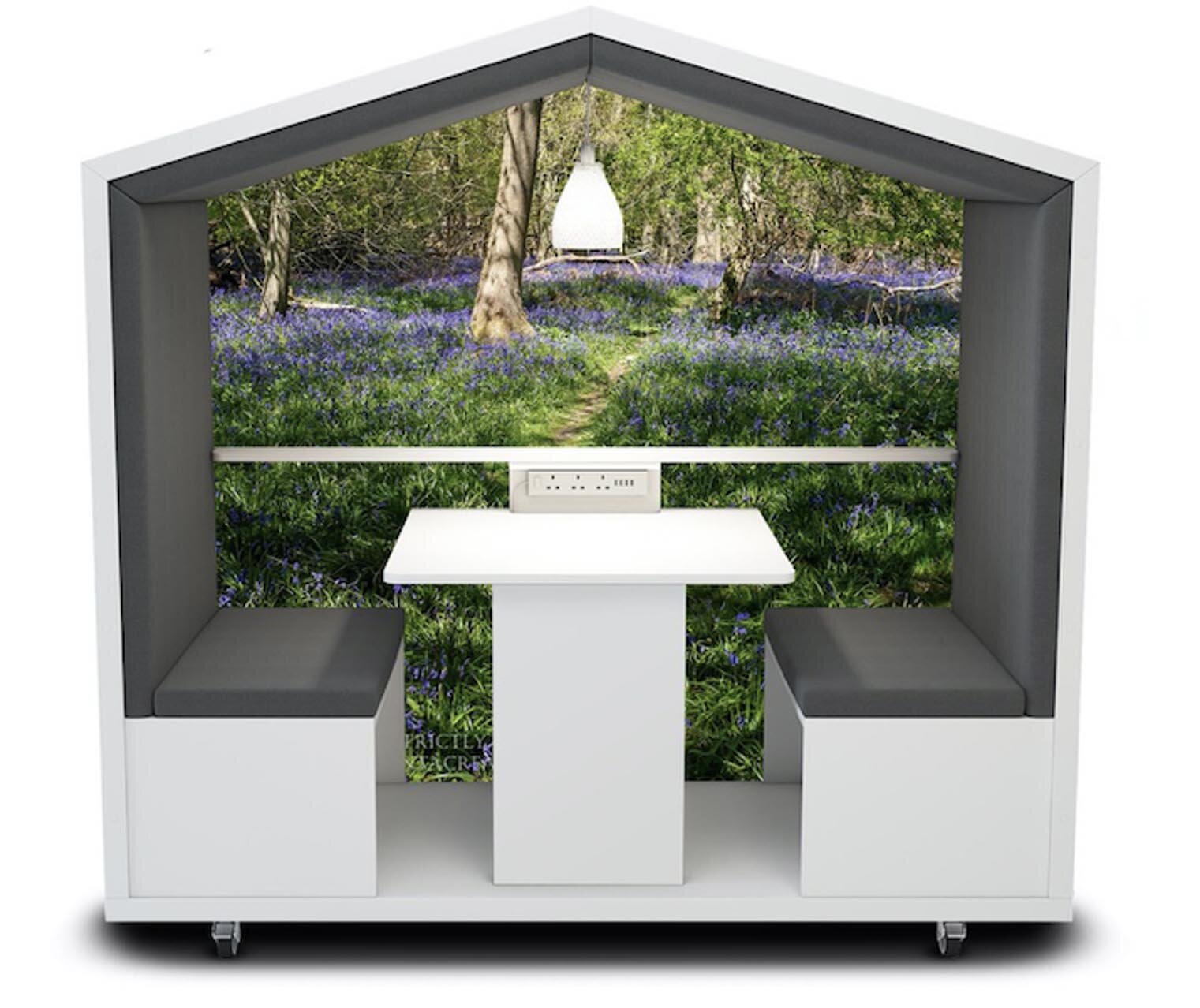Here’s a big question, how do we inspire more people to come back into the workplace? For Steve Brewer, founding partner of the design agency, Burtt-Jones and Brewer, we need to create a workplace EXPERIENCE which works for you as an individual. Having worked with HM Treasury and so many other businesses transforming their workplaces, for Steve the most important part of the conversation is with the individual. Rather than go through a company and blitz a design with a hammer and chisel, for Steve, the keys are workshops. “We benchmark where that company is and where that company wants to go in the future. It’s a very tailored response, and very much we see ourselves as Co-designing workspaces.” The better experience at work, the better the end-result. “The more you can run through that process, the better the foundations you can build.” Steve sees that his role is to pull all the “Jigsaw pieces together and try and make it the best-looking picture that everybody agrees to”.
What about Biophilic Design? For Steve, he has always tried to bring outside experience inside the office. Sometimes, businesses might see biophilic design and plants as a sticky plaster solution. If you think about it the buildings are often already there “glass sealed boxes with air conditioning. Maybe you’ve been on tube, rushed to work, grabbed a coffee, no breakfast, kids were screaming, then you are in the work environment. If we can bring more biophilic design into those spaces, then that experience is going to lift your wellbeing, calm you down by not seeing white walls, glaring light, bad acoustics…”
Steve goes on to explore how to introduce Biophilic Design early as you can into the design consultation process, but most importantly being sensitive and understanding how and when to convince stake-holders who might have a thousand other things on their mind when they are sitting around the table.




















